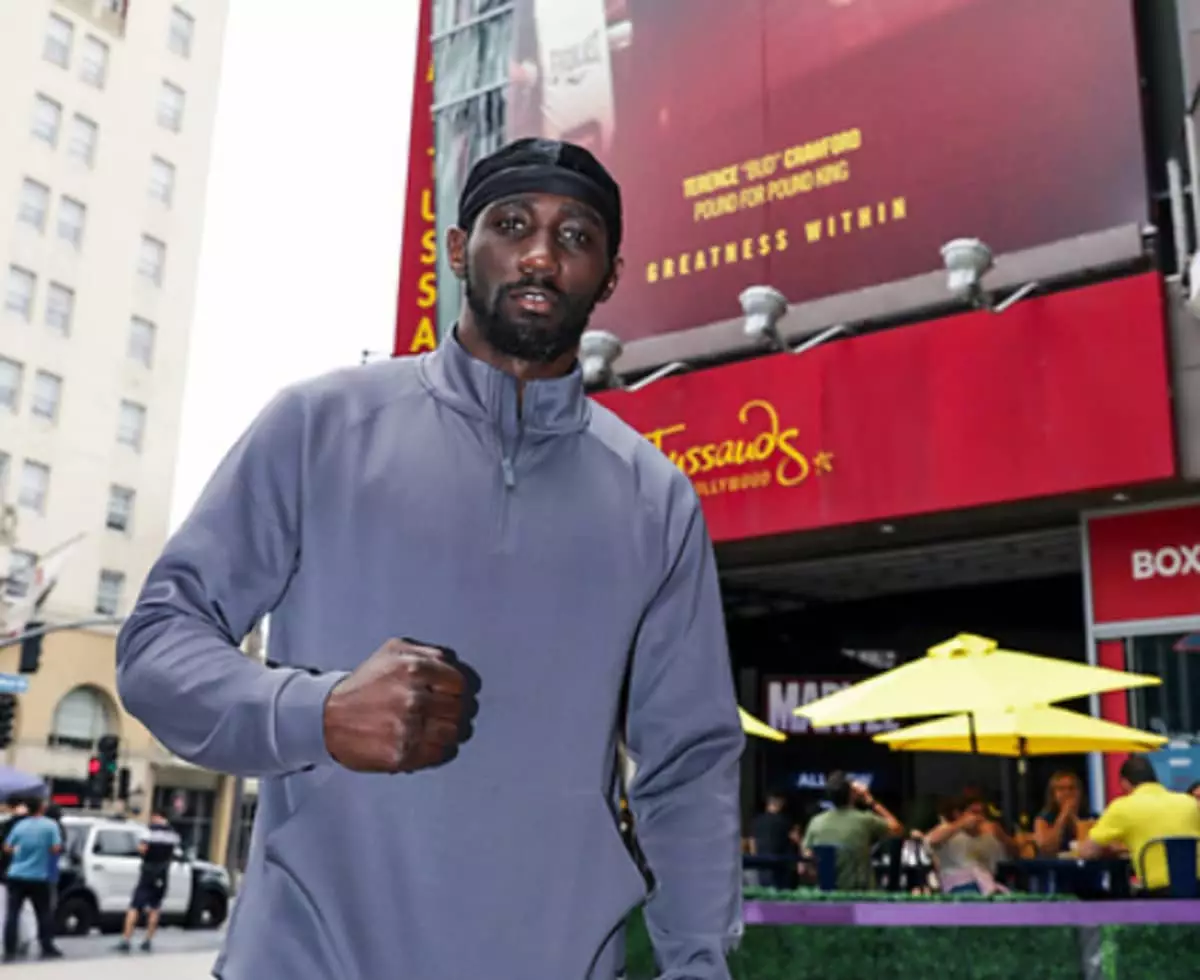Terence Crawford, an undefeated force in boxing with a flawless record, is undoubtedly an athlete with unparalleled skills and a drive for greatness. The news of his potential bout against Canelo Alvarez, the multi-division champion, raises eyebrows not just due to the stakes involved but also because of the significant leap in weight divisions. Crawford’s journey thus far has been noteworthy; however, the endeavor to rise two weight classes—particularly at the age of 38—poses a unique conundrum. His decision to leap into the super middleweight arena is reminiscent of high-wire acts in sports, where the risk may not just bring glory but also perilous consequences.
In the realm of boxing, moving up in weight is not simply about confronting a different opponent; it requires grappling with enhanced physicality and the formidable force of heavier punches. While Crawford’s technique is undoubtedly alluring and tactical, the intricacies of transitioning into a heavier division might not necessarily translate well when facing the likes of Canelo, whose sheer size and power are well-documented. It leaves one questioning whether this shift is practical or driven purely by financial motives.
Challenges of Transitioning
Crawford’s last bout against Israil Madrimov at 154 pounds provided some insightful takeaways about his current standing. Despite emerging victorious, he appeared challenged, struggling with the newfound weight class’s dynamics and the caliber of his opponent. This experience illustrates that the seamless transition that fans often romanticize is usually fraught with strenuous adjustments that put an athlete’s capabilities to the test.
At almost 38, sceptics can emphasize age as a factor; recovery times are generally longer, reflexes may dull, and the ability to absorb punishment diminishes. When you consider the likes of Canelo, who not only possesses impressive skills but formidable knockout power, can Crawford realistically withstand the onslaught? His past performances might have been commendable, but this new challenge demands an entirely different reservoir of strength and resilience that he has yet to demonstrate.
Legacy or Lucre? Factoring Intentions
Crawford frequently claims his motivations are rooted in legacy, aspiring to etch his name in the annals of boxing history. However, when scrutinized against the backdrop of his approach—essentially a brief jaunt into a weight class rather than a sustained commitment—the claim becomes questionable. It raises the specter of financial gain overshadowing the noble intentions of legacy-building. If this one-off approach also stems from seeking a lucrative payday, can we genuinely regard the venture as one of integrity and genuine ambition?
Boxers thrive on legacies built through tedious journeys. Examples abound of fighters who moved through divisions diligently, successfully building themselves before tackling the giants. It begs the question: if Crawford proceeds with a hasty leap towards Canelo without thoroughly delving into the super middleweight competition, what is he truly achieving? By failing to secure a firm foundation and experience in this weight class, Crawford might risk reputation as much as victory.
Physical Dynamics and Psychological Games
Dmitry Bivol, the current light heavyweight champion, unambiguously emphasizes the necessity for Crawford to acclimatize to the power and pressure inherent in the 168-pound division—factors that are strikingly different from the lighter divisions he has thrived in previously. Bivol’s thoughts resonate with those who see this match as less about skill and more about survivability in the ring as Crawford steps into the realms dominated by heavier opponents.
It’s not merely about the physical transition; it’s also a psychological battleground. Where Crawford once commanded respect in his domain, the potential enormity of facing a fighter like Canelo could force him into an uncharted territory of self-doubt. Will he hold up against the titanic pressure, or will the shadows of past judgments cloud his judgment? Such psychological undertones can make or break a fighter’s performance when the stakes are at their pinnacle.
Ultimately, Terence Crawford’s venture into Canelo’s domain will be one marked by a cocktail of opportunity and risk. In the arena of boxing, however, ambition frequently dances closely with the unpredictable. The world watches, but whether Crawford emerges as a titan or a cautionary tale remains to be seen.

